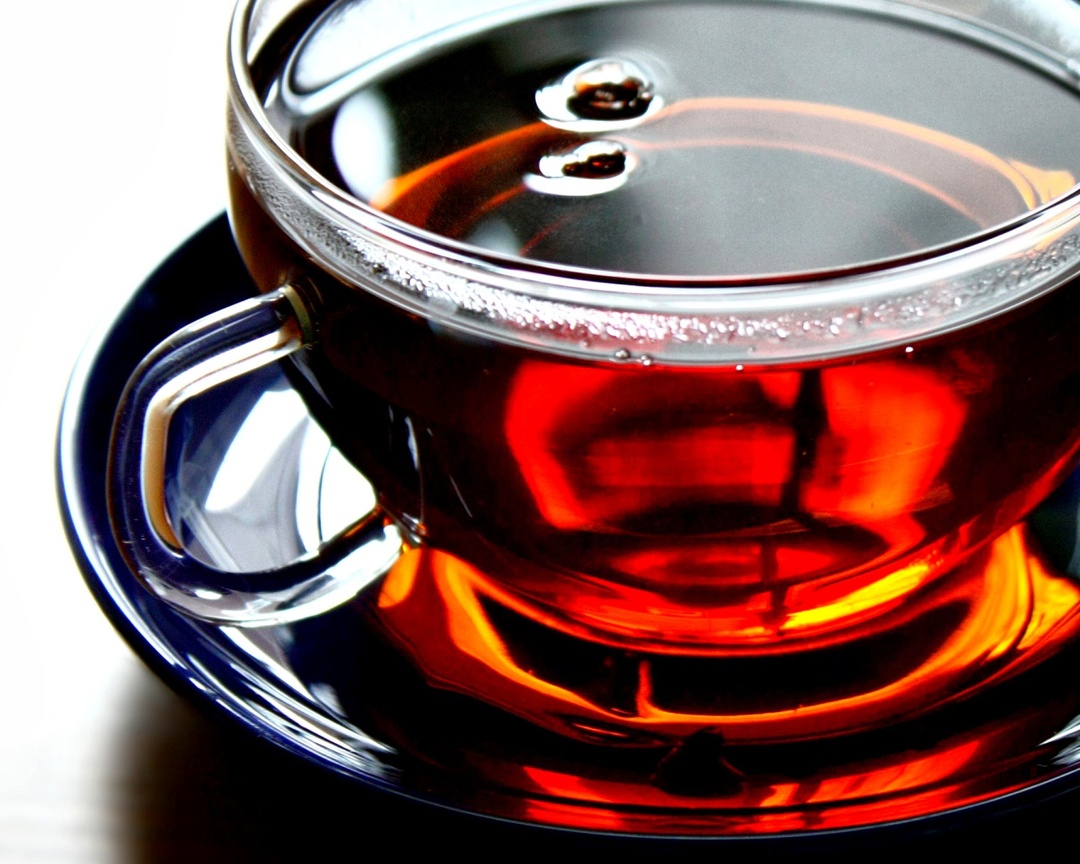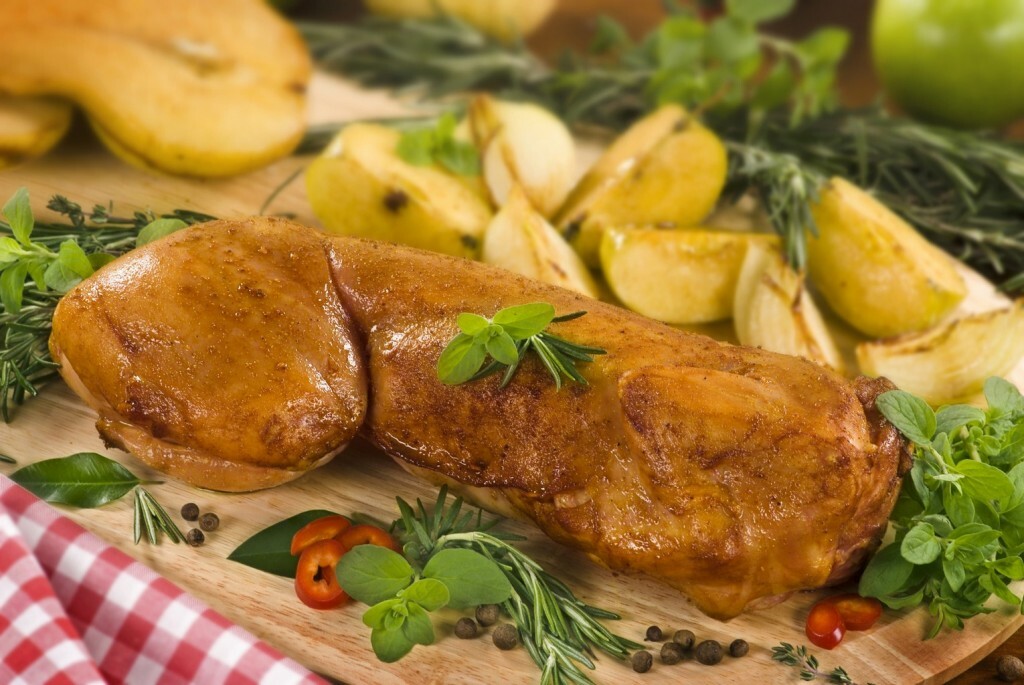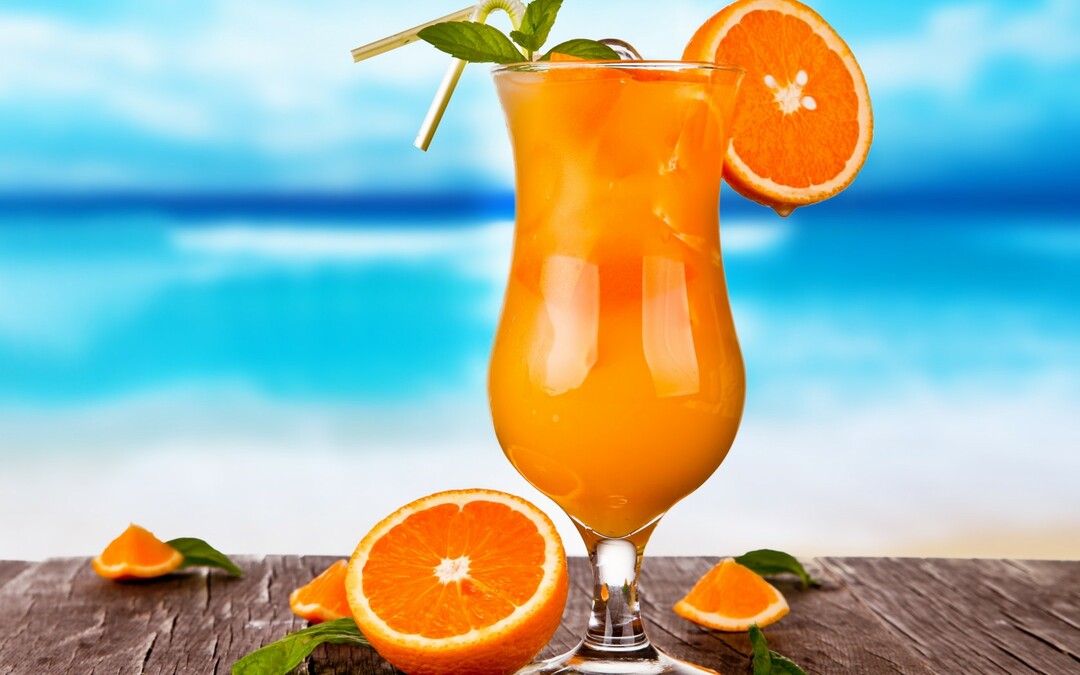Menu after removal of the gallbladder for the first month for a person by day: recipes, nutrition, diet 1a, diet, food
The human body is a fragile system and any surgical intervention leads to serious consequences. It is necessary to give the opportunity to restore the usual functions and to load it minimally for the period of rehabilitation. The menu after removal of the gallbladder for the first month is corrected without fail. The whole organ is excluded from the gastrointestinal tract system, which means that the process of feeding and assimilating nutrients will never be the same. The body needs to be given the opportunity to get used to the absence of the gallbladder, and an appropriate diet will be the best helper in this.

Menu after removal of the gallbladder for the first month
Content
- 1 What happens when the gallbladder is removed?
- 2 The first days after surgery
-
3 Menu for 5-7 days
- 3.1 Table 1a
- 3.2 Table 1b
- 3.3 Video: Diet table number 1 What can you do? What is not allowed?
-
4 Second week menu
- 4.1 Diet food for debilitated patients in the second week
- 5 General rules
- 6 Prohibited foods
- 7 A complete diet is the key to success
-
8 First month recipes
- 8.1 Video: How to eat after removing the gallbladder
-
9 What happens if you break your diet?
- 9.1 Video - Features of the recovery period after cholecystectomy
What happens when the gallbladder is removed?
During gallbladder surgery, the liver does not stop producing bile, but the reservoir for its accumulation, storage and saturation with enzymes is lost. To maintain balance in the body, this function is taken over by the bile ducts. They cannot accept concentrated bile, so some of it in small quantities regularly enters the duodenum. The enzymatic composition and viscosity of this liquid change not in a positive direction, which does not contribute to digestion in general and provokes an increase in the number of pathogenic microorganisms in the gastrointestinal tract. It is necessary to correct the diet so as not to overload the body and reduce the negative impact on the long section of the intestine.
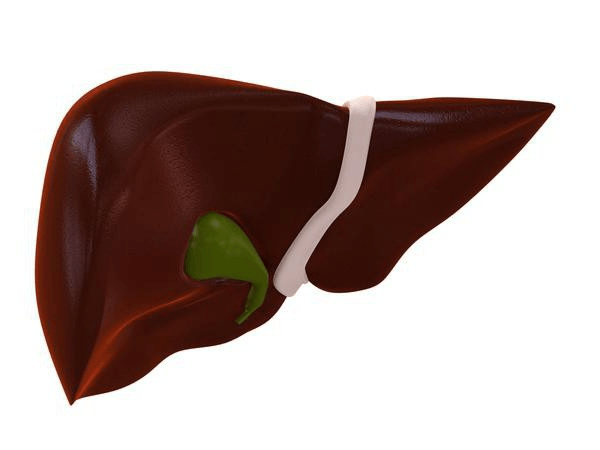
The diet for the gallbladder is aimed at the prompt removal of bile from the body and the normalization of the metabolism associated with it
The first days after surgery
The most severe restrictions apply to the first day. You can't even drink water, and to prevent dehydration, the patient can moisten his lips with a sponge and rinse his mouth with unsweetened herbal infusions. This usually does not cause difficulties - upon completion of the operation, the body experiences severe stress and appetite, as a rule, is absent.
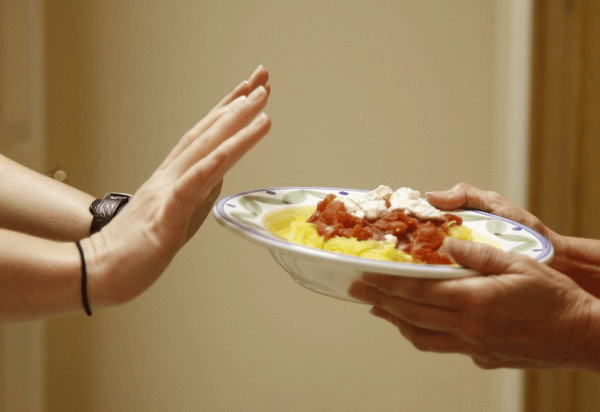
There is no appetite in the first days after surgery
Every other day, plain water is introduced - gently and in small portions, 2 sips every 15 minutes. If the body needs vitamin therapy, instead of water, they offer a decoction of rose hips. It doesn't have to be sweet. It is also allowed to use mineral water (still).
The total volume of liquid drink on the 2nd day should not exceed 1 liter.
In extreme cases, the doctor may allow you to eat a little jelly or soup in the first 12 hours after removing the bile. The general recommendation is water starvation on the first day and the introduction from the second day of the 0a diet, consisting of the following components:
- dietary meat broths with low fat content ("second" broth);
- slimy broths of cereals;
- kefir;
- jelly;
- jelly.
For the first week, it is important to exclude foods such as strong tea (only a weak, unsaturated drink is allowed), coffee, alcohol, sweets, chocolate, fried and fatty foods, as well as smoked meats, pickles, marinades, spicy seasonings. Food should not contribute to the production of excess bile, for the formation of which the body is not yet ready. Therefore, food is taken mainly mashed, steamed, at a neutral temperature.
The diet for those rehabilitating after the operation is based on the therapeutic diet "Table No. 1". It combines sparing meat, fish and vegetable nutrition, in which it is undesirable to eat fresh fruits and berries, rye bread and other products that promote bile secretion are not recommended.
After 3 days, a compote of dried apricots and other dried fruits without sweet additives appears from liquids, and the total volume of drinking can be increased to 1.5 liters. You can enter apple and pumpkin juices, boil mashed potatoes in water and offer to the patient, as well as give blended dietary soup.
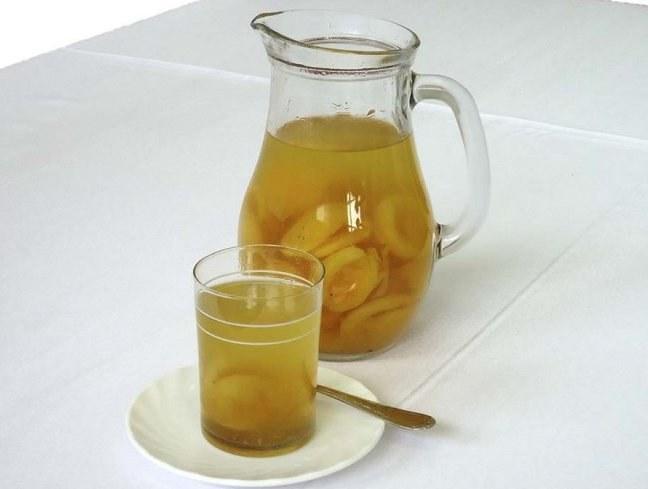
Dried apricot compote
The first portions are usually very small - the food is introduced gradually, starting from a few tablespoons and up to 220 grams.
On the 5th day, stale white bread, dry biscuits appear in the patient's diet, from the sixth day, the use of cereals is permissible, but in a grated form (the basis is buckwheat, oatmeal, or wheat). From dairy products, you can eat cottage cheese, use fermented milk. Continuing to follow the therapeutic diet of the 1st table and nutrition with boiled protein and vegetable products, pre-chopped to simplify the digestion process.
Examples of dishes that are positively perceived by the body in the first week after surgery in the gastrointestinal tract:
- Steamed chicken roll.
- Dairy steamed dishes (soups, casseroles).
- Steam cooked protein-based omelet.
- Steamed meat soufflé.
- Adyghe dietary cheese and low-fat kefir or yogurt.
At first glance, the diet is very limited. You can try combining ingredients from several recipes - for example, try making a milk and vegetable soup.
After that, the time comes for a smooth transition from the postoperative diet 1a to the nutritional regimen 1b (according to the patient's condition - on the 5-7th day).
Menu for 5-7 days
Table 1a
1st meal: steam omelet proteins, liquid oatmeal (can be diluted with milk and add butter in a limited amount - 5 gr.). drink - tea with lemon juice.
2nd meal: dietary cottage cheese, rosehip fruit decoction.
3rd meal: steamed meat soufflé, soup with a slimy consistency on semolina, rosehip broth, milk cream dessert.
4th: liquid buckwheat with butter, steam fish, tea with lemon juice.
At the end of the day: decoction of rose hips with fruit jelly.
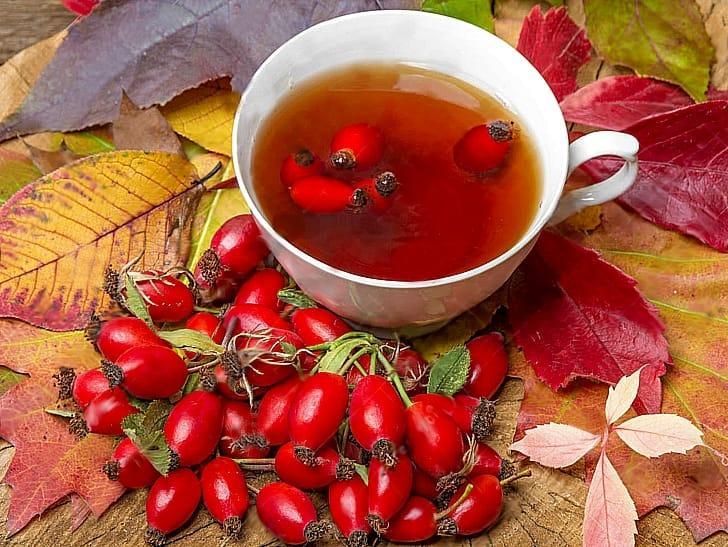
Rosehip decoction
Table 1b
1st meal: 200 ml of liquid rice in milk (a small amount of butter is allowed, as in the previous menu), steam proteins in the form of an omelet, the drink is a weak sweet tea, to which lemon juice should be added.
2nd breakfast: baked chopped apples, chopped cottage cheese with cream, rosehip broth.
3rd meal (main, lunch menu): steamed meat cutlets, vegetable cream soup, mashed potatoes, for dessert - fruit jelly.
4th reception: fruit juice with boiled chicken, pre-grated or chopped.
5th (dinner menu): mashed oatmeal porridge with butter, steamed fish soufflé, tea with milk.
Final meal: about 200 gr. kefir.
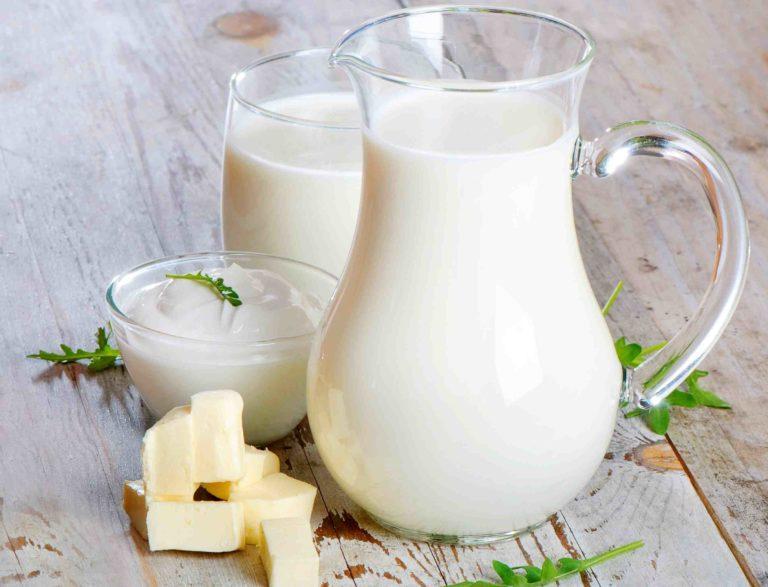
Before going to bed, you should drink a glass of low-fat kefir.
Video: Diet table number 1 What can you do? What is not allowed?
Second week menu
If the operation proceeds without complications and the rehabilitation process proceeds in a standard way, there is a natural transition to diet 5a. The basic principle of the diet is to minimize the load on the digestive tract (chemical, mechanical). Everything is steamed or boiled. The menu includes:
- Boiled and steamed protein products - meat, fish, etc.
- Diet soups.
- Puddings.
- Light casseroles.
- Vegetable stews and mashed potatoes.
- Liquid porridge (semolina is excluded). You can cook porridge in water, or you can dilute the liquid base by half with milk.
- Fruit jelly.
- Small amount of vegetable oil for dressing.
- Low-fat dairy products.
- White bread, yesterday's.
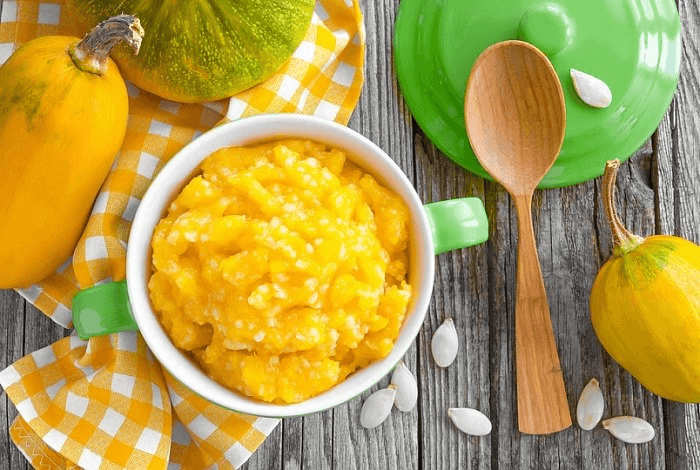
Vegetable stew
If, with this diet, unpleasant symptoms of difficult digestion are still observed (gas, diarrhea, pain in the right hypochondrium), you need to revise its individual components or switch to a more gentle scheme for the body 5th.
Diet food for debilitated patients in the second week
For the first meal: a small portion of semolina, cooked in milk, steamed proteins in the form of an omelet (about 100 gr.). tea is allowed from drinks.
Second: rosehip broth, fresh cottage cheese without additives (neutral).
3rd: mashed vegetable soup with the addition of cereals (for example, oatmeal) - a small portion or half of the main one, tender boiled meat, carrot puree, for dessert - fruit jelly.
4th: apples cooked in the oven.
5th: mashed potatoes with boiled fish - a small portion. weak tea.
Final meal: kefir, or fruit jelly.
You can not use seasonings that provoke the secretion of bile, as well as any smoked meats, extremely hot and cold dishes.
General rules
In the first month, all patients without a gallbladder need to master the dietary system, which will be relevant for them throughout the rest of their lives. This period is key for the normalization of digestion processes. It's important to avoid disruption by following simple guidelines:
- All diets are characterized by the absence of fried foods - this is a general recommendation that should be followed in further, when the body enters a natural rhythm and adapts to an uncharacteristic biliary process. Steaming, stewing, baking - these are the permitted methods of thermal processing of products for a patient with a removed gallbladder. To help the patient - a steamer, oven, slow cooker. Grilled dishes are prohibited.
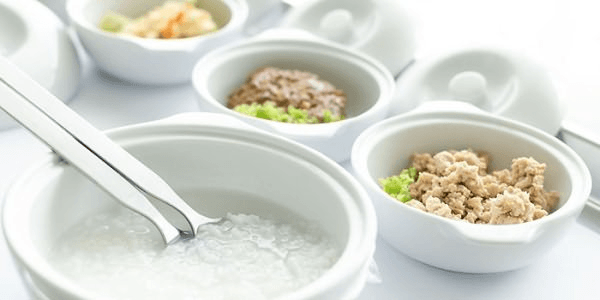
Fried foods should be avoided
- The consistency of the dishes should be selected individually - if you feel that the food is too liquid, use a denser one.
- You need to eat often - 6-7 times a day, food should enter the digestive tract. Fractional frequent meals are more gentle. The total number of meals can be up to 8 times.
- The absence of a reservoir for bile is the basis for the introduction of a diet (by the hour). The fluid produced by the liver has nowhere to accumulate, so it makes sense to accustom the body to a certain rhythm.
- Don't eat late - no later than two hours before bedtime, the meal should be completed. Otherwise, bile stagnates in the ducts and can lead to the formation of stones.

Do not eat before bed
- The food temperature should be neutral and comfortable for the patient.
- Fatty meat and fish products should be eliminated and low-fat varieties should be introduced.
- Do not overuse broths - it is preferable to eat vegetable and dairy vegetarian soups, and eat meat and fish as a second course.
- Give preference to sweet fruits and berries and not get carried away with sour foods.
- Cottage cheese and fermented milk drinks should become an obligatory attribute of the diet, since when the gallbladder is removed, the body is prone to disorders of the intestinal microflora.
- Drink plenty of fluids at room temperature.

Drink more water
- Coffee and tea irritate the digestive tract, so it makes sense to limit or exclude them from the diet. You need to drink a lot of water - it dilutes bile and helps to improve digestion.
- Chew food thoroughly.
- Monitor the level of heat treatment - there should be no undercooked foods in the diet.
- Not to starve. The risk of stone formation is high with long breaks between meals and a low-fat diet, when bile accumulates and stagnates in the ducts, forming tight joints.
Prohibited foods
Both in the first month and in subsequent periods, you need to be careful with the following products:
- Fatty soups and meat dishes.
- Concentrated animal fats, heavy for digestion (pork, lamb, beef).
- Sausages and smoked meats.
- Homemade preparations.
- Hot spices.
- Fatty sweets and chocolate.
- Alcohol.
- Canned food.
- Mushrooms.
- Onion and garlic.
- Peas, beans, radishes.
- Cold foods, including ice cream, cause duct spasms.
If the patient has undergone open abdominal surgery, the above restrictions should be treated with particular care.
Sometimes you can pamper yourself with unsweetened biscuit without adding cream, low-fat sour cream, avoiding butter and margarine in the recipe. In general, you should eat less fatty foods and introduce dietary fiber more carefully. You need to listen to the body and not avoid fresh watermelons, melons, cucumbers, if these products do not worsen well-being.
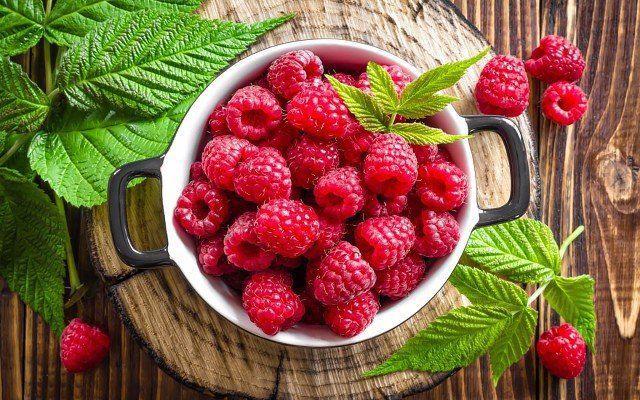
You can pamper yourself with fresh berries, if it does not make you feel worse.
Following the restrictions presented above, the patient not only provides himself with good health, but also insures the body against the formation of new stones.
A complete diet is the key to success
The diet should include everything necessary for a proper metabolism in the body. Otherwise, all efforts will be in vain and lead to a deficiency of vitamins, minerals and amino acids.
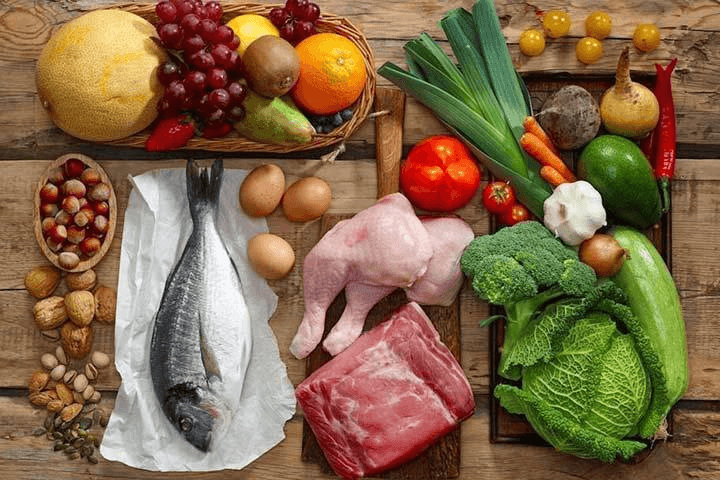
A complete diet is the key to success
Table 1. Menu components
| Component | Where to get it? |
|---|---|
| Fats | Despite the fact that fatty foods are not welcome in the diet of people with a gallbladder removed, the importance of unsaturated fatty acids for human health should be remembered. They are not only a building material for cells, but also contribute to the dilution of bile, the normal functioning of the ducts, and prevent the formation of stones. The menu should contain flaxseed, olive oil, and not just sunflower and corn. You need to consume at least two teaspoons daily. On the other hand, the absence of a large amount of saturated fat in the diet prevents the appearance of discomfort in the right hypochondrium, nausea, and bitterness in the mouth. In order for the patient to lead a full life, he should independently monitor the amount of fat in the diet. |
| Carbohydrates | You need to carefully choose those carbohydrate foods that do not lead to acidification of bile. Slow carbohydrates are preferable for the diet. Of the fast, marshmallows, jam, marmalade are the least harmful. |
| Protein | High-grade protein should enter the body along with cottage cheese, low-fat varieties of fish, meat, egg whites. If the patient restricts protein, it can adversely affect the functioning of the liver. |
| Vitamin complex | Particular attention should be paid to those vitamins that are involved in the regeneration of liver cells, its daily work - C, the group of vitamins B and K. You need to remember about the need to use retinol. If it is not enough in the diet, bile will form dense crystalline compounds. |
The menu of those who underwent surgery should consist of a quarter of proteins, a quarter of fats, the remaining 50% of various types of carbohydrate foods.
Vegetarian diets, as well as a diet high in legumes, oranges and nuts, can help prevent stone formation. These foods have been proven to liquefy cholesterol and prevent it from gathering into dense clots. Eating or not eating meat is a controversial issue.

Refuse meat, consult your doctor
Another controversial point in the diet for those undergoing gallbladder surgery is alcoholic beverages. On the one hand, alcohol has a negative effect on the liver, and on the other hand, it is an excellent prevention of stone formation. Nutritionists and gastroenterologists approve of the use of alcohol-containing beverages in therapeutic doses, so you should not refuse half a glass of red wine at lunch.
First month recipes
The dishes offered below are suitable for those who are in the rehabilitation period after surgery. It is important to choose tasty and functional food. For this, interesting dietary recipes come in handy.
Chicken sandwich with egg. You will need 100 gr. boiled chicken meat, 100 gr. apples and tomatoes, as well as white bread (not fresh, but yesterday's). Also for sandwiches you need 50 ml. yogurt, 5 tablespoons of tomato puree, proteins from hard-boiled eggs (3 pieces), herbs and salt to taste (dill, cilantro, etc.), 1 onion.
First, we process chicken, proteins (2 pcs.), Fruits and vegetables in a meat grinder. Salt, add sour milk yogurt, tomato puree. Spread the mass on dry bread, decorate with herbs and finely chopped protein.
Beetroot.For this vegetarian soup, you will need a decoction of beets (250 grams), some fresh cucumbers and beets (50-60 grams each), a bunch of onions, half a chicken egg, sour cream, herbs to taste.
Beets are taken, boiled in water, then cooled and then finely chopped (straws, cubes). Chives and cucumbers are also finely chopped. The vegetables are combined with the resulting broth, then citric acid and sugar are added there to taste. An ideal addition to this lean soup is sour cream, herbs and eggs.
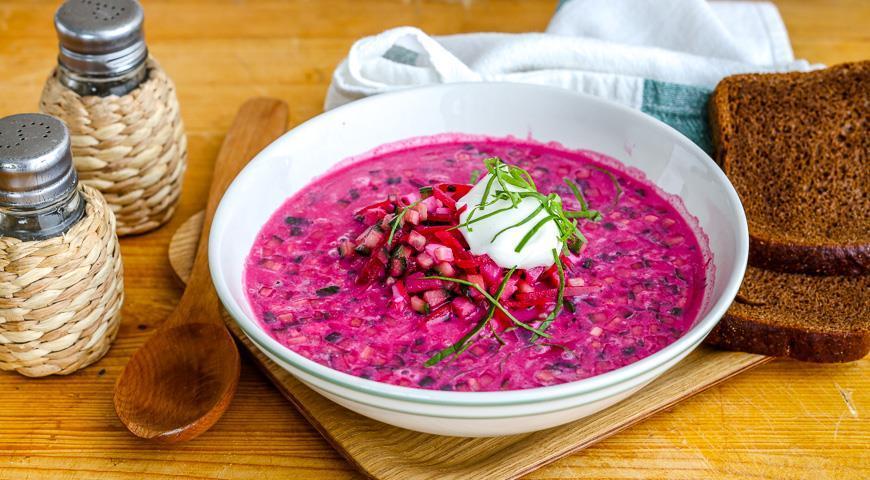
Beetroot
Steam cutlets. Beef, rice and butter are simple ingredients to make a hearty dietary meal.
The meat must be pre-prepared - cleaned of excess fat and tendons that are heavy for digestion, and then mince it. Rinse the rice, remove the husk and cook until the consistency of a viscous porridge. When the rice has cooled, add it to the meat. Stir and form cutlets with wet hands. Lubricate the steamer grate with oil and lay out the resulting semi-finished products. Pour the steamed dish with vegetable oil before serving.
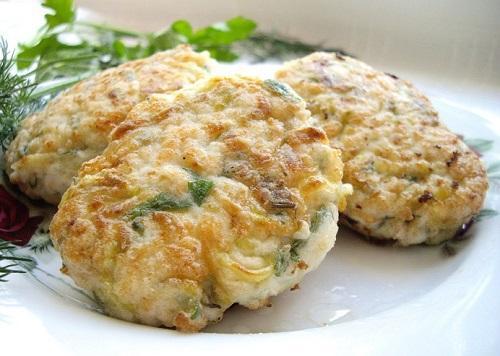
Steam cutlets
Curd cheesecakes. For cooking, you need 100 gr. low-fat cottage cheese, 15 gr. wheat flour, a third of an egg, 10 gr. raisins, 50 gr. apples. Also for this dish you need sour cream and butter - 40 and 5 grams. respectively.
First, pass the cottage cheese through a meat grinder and then add flour and an egg there. From the resulting mixture (sugar can also be included in it) we make 2-3 curd "cups" and put them on a greased frying pan. At the same time, shred the peeled apples, combine them with washed raisins, add sugar (as desired and to taste). We spread the fruit mince on the curd molds, adding sour cream and flour sauce on top (15 gr. sour cream accounts for 3 gr. flour). We put to bake in the oven. Ready-made cheesecakes are also served with sour cream.
Video: How to eat after removing the gallbladder
What happens if you break your diet?
Overeating, lack of a diet prescribed by a doctor, non-compliance with a therapeutic diet can lead to the addition of other diseases of the gastrointestinal tract. Lack of consistency in the menu is fraught with complications of the intestines, esophagus, pancreas and stomach - colitis, duodenitis, etc. It is worth considering your health carefully when it comes to the normal functioning of the liver and gallbladder. The gastrointestinal tract is a general system in which the most important processes of assimilation of nutrients from food take place. If it is impossible to return the original state of the body due to surgery, care should be taken to prevent further disorders and related ailments.

